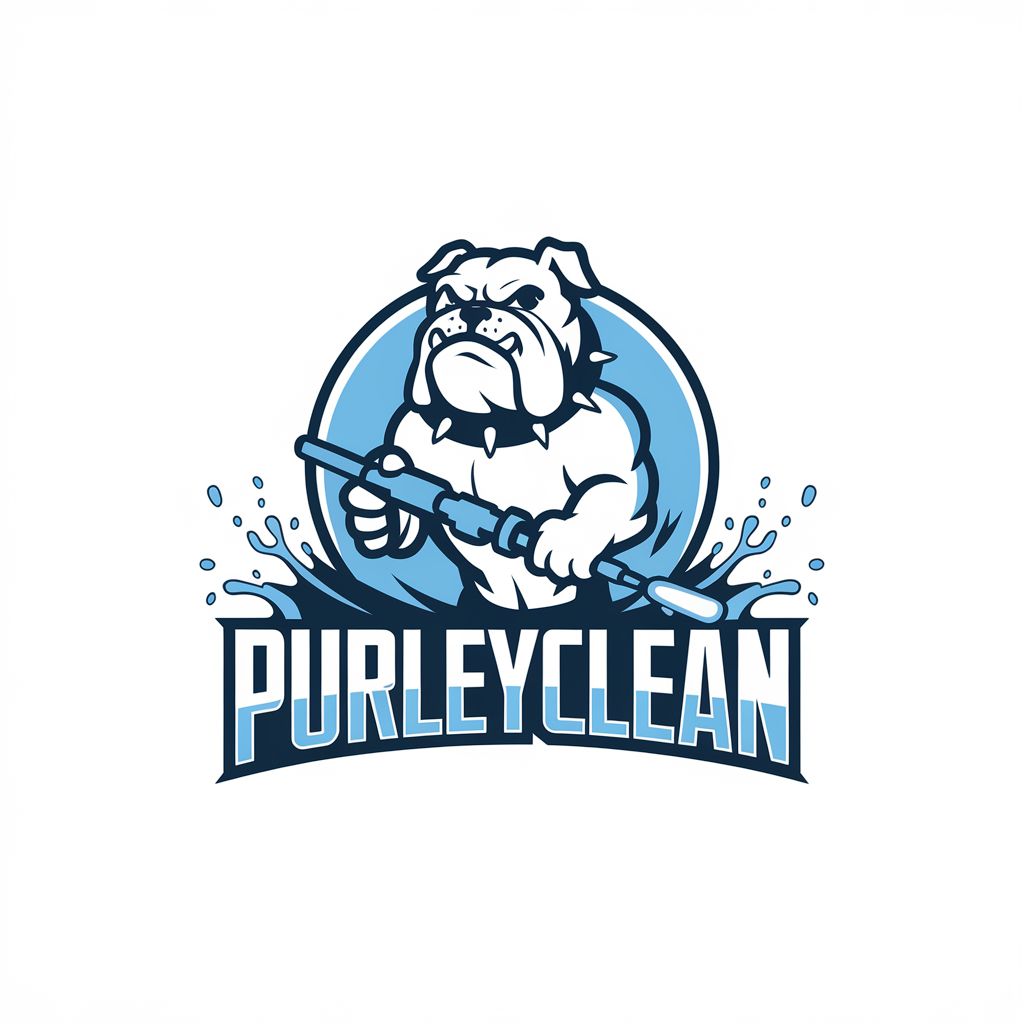The Ultimate Guide to Residential Pressure Washing: Everything You Need to Know
Understanding Pressure Washing
Pressure washing is a highly effective method for cleaning various surfaces around your home. By using a powerful stream of water, pressure washing can remove dirt, grime, mold, and mildew that accumulate over time. It's especially useful for surfaces like driveways, decks, and siding that are prone to stubborn stains.
A key advantage of pressure washing is its ability to reach tough-to-clean areas and crevices that traditional cleaning methods often miss. However, it's essential to understand the proper techniques and equipment needed to ensure a safe and effective clean.

Essential Equipment for Pressure Washing
Before embarking on a pressure washing project, it's crucial to have the right equipment. The main tool you'll need is a pressure washer, which comes in various types and power levels. For residential purposes, an electric pressure washer is usually sufficient and more user-friendly than gas-powered models.
Additionally, you'll need appropriate nozzles or attachments to adjust the water pressure and spray pattern, depending on the surface you're cleaning. Always wear protective gear like gloves and goggles to ensure safety while operating the equipment.
Preparing Your Home for Pressure Washing
Preparation is key to a successful pressure washing job. Start by clearing the area of any obstacles, such as furniture or potted plants, that might be in the way. Cover delicate plants and outdoor fixtures with plastic sheeting to protect them from high-pressure water.
Inspect the surfaces you're planning to clean for any damage or loose materials that could be worsened by pressure washing. It's essential to repair these areas before proceeding to prevent further issues.

Choosing the Right Detergents
In some cases, using a detergent with your pressure washer can enhance the cleaning process. Choose a detergent that is specifically designed for pressure washers and is suitable for the surface you're cleaning. Follow the manufacturer's instructions carefully to avoid damaging surfaces or your equipment.
Techniques for Effective Cleaning
When pressure washing, it's important to maintain a consistent distance from the surface to ensure an even clean. Start from the top and work your way down, allowing gravity to assist in rinsing away dirt and debris.
If you're dealing with particularly stubborn stains, you may need to increase the pressure slightly or make multiple passes over the area. Be cautious not to hold the nozzle too close to prevent damage.

Post-Cleaning Care and Maintenance
Once you've finished pressure washing, take some time to rinse down any surrounding areas that may have been splattered with dirt or detergent. Allow surfaces to dry completely before returning furniture or other items to their original places.
Regular maintenance of your pressure washer will ensure it remains in good working condition. This includes cleaning nozzles, checking hoses for leaks, and storing the equipment in a dry place.
Environmental Considerations
While pressure washing is an effective cleaning method, it's important to be mindful of its environmental impact. Use biodegradable detergents whenever possible and avoid allowing runoff to enter storm drains or water bodies.
Consider the timing of your pressure washing project as well; aim for a time when rain is not anticipated, to prevent unnecessary water use and potential pollution issues.
When to Call a Professional
While many homeowners can successfully handle pressure washing on their own, there are instances where hiring a professional may be beneficial. If you're dealing with extensive mold growth or require cleaning of hard-to-reach areas like multi-story homes, professional services can offer expertise and safety assurance.
Professionals also have access to commercial-grade equipment and specialized cleaning solutions that might not be available for consumer use, ensuring a thorough and efficient clean.

